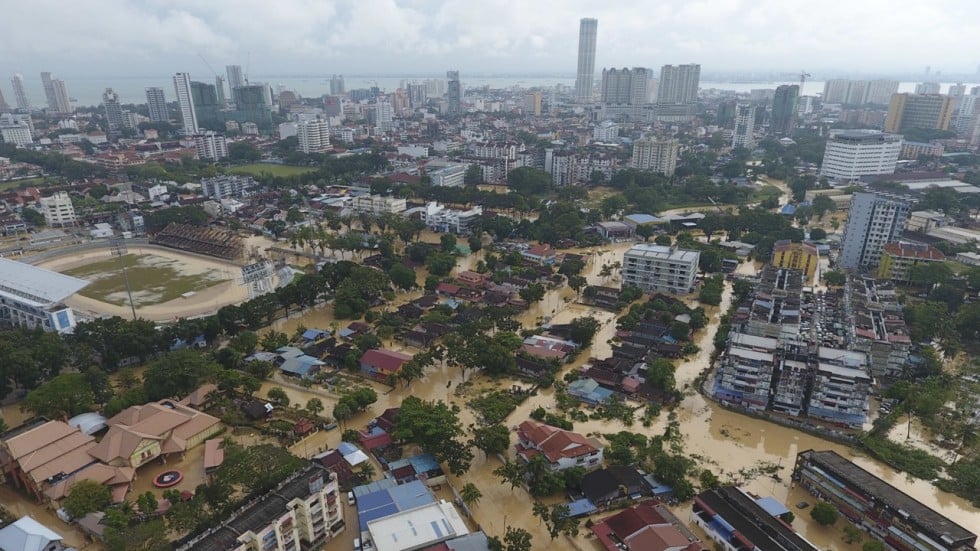 |
| Illustration: Liu Rui/GT |
May 4, 1919 is the day the world changed forever and the Chinese will never forget
https://youtu.be/N6vFFK91prE
Jeff J. Brown Published on May 5, 2019 Pictured above: the May 4th uprising in China started in Beijing, with 3,000 angry students marching on the streets. They helped fan the flames of revulsion against Western imperialism destroying their people with drug cartel opium, while raping and pillaging their national resources. Within days, tens of cities around the country were filling the streets and began demanding Marxist socialism and the dream of communism for their future. It took thirty-five million martyrs over the world’s longest civil war and they were finally victorious in liberation from colonialism in a Free China, on October 1, 1949. Humanity has never been the same since. Source article with all the images and hyperlinks: https://chinarising.puntopress.com/20... Much more at www.chinarising.puntopress.com, http://chinarising.puntopress.com/201... and http://apps.monk.ee/tyrion
https://youtu.be/kIq5bjE_Hgw
It has been 100 years since the May Fourth Movement, but to this day, the movement is still reminding Chinese people of the history while influencing today's China.
However, some have deliberately divided patriotism from other keywords in the May Fourth Movement, an obvious deviation from the direction and implication of the May Fourth spirit.
The pursuit of prosperity and a strong nation has always been the movement's historical theme and spiritual core, which constituted a key historical background and core proposition for the movement's other themes, including enlightenment, science and democracy.
It was precisely due to this strong desire - leading the country to rise in the modern world - these significant themes related to democracy and science, needed for solving China's problems, have been developed.
It should be noted that this movement was triggered by China's weakness in international prestige and incompleteness of its national sovereignty at that time. Throughout the May Fourth period, Chinese pioneers' thinking was based on the country's historical situation and national mind-set of misfortunes.
The core theme of the May Fourth Movement lies in the deep understanding of China's plight and the strong desire for the country's prosperity and development in the modernization process. Patriotism is the foundation of the May Fourth spirit and the backbone of other spiritual elements.
Pioneers of the May Fourth Movement clearly recognized that the basic composition of modern society is centered on the modern nation-state, and that interstate relations constitute the most important practical relationship of modern society and provide the clearest way to define people's identity. No social organization can be separated from the country it belongs to in modern society.
These understandings were basic acknowledgements by young intellectuals in the 1910s and also fitted realities back then. If detached from reality, any ideals such as democracy and science would be hard to realize. Without the emergence and development of China, the Chinese people would be in a disgraced and passive position in modern society. The country's rise is based on the premise that the youth achieve their ambitions.
Therefore, they considered "China" as the key topic. How China could get rid of its domestic woes and foreign invasions and how could the country stand up on its own were important questions.
Their thinking of enlightenment did not shy away from this major theme. When people who took part in the patriotic May Fourth Movement in 1919 thought of the future of their country, they thought of it within the context of China's actual conditions and did not put the country's rise against the liberation of the people.
When they talked about the different options of Europe, the US, the Soviet Union or Russia under different times and circumstances, they viewed China's prosperity as a historical demand. The article "A Letter to Youth" by Chinese revolutionary socialist Chen Duxiu, which is seen as the pillar of the May Fourth spirit, was a response to such issues.
In his article, he clearly mentioned the sense of historic urgency. Such a sense of historic urgency came from worries about an endangering country, from which the author expanded his analyses. He proposed six ethics that China's youth should have, including self-consciousness and struggling, which were all based on the fact that the country was in peril.
Therefore, patriotism, progress, democracy and science were all historic choices against such realities. This strong sense of identification and mission that stems from the May Fourth spirit still has an influence on China.
Some people tend to think that the ideals of the May Fourth Movement are abstract notions that go beyond nations and countries or try to separate these ideals from the prosperity and development of China, which is groundless. Those who disregard the significance of patriotism either lack the deep understanding of the core of the May Fourth spirit or have ulterior motives
By Zhang Yiwu, professor with Peking University. opinion@globaltimes.com.cn
Read more:
Why US has never tried building Belt and Road for other countries as China does?
Related post:
Global market and opinion research spec
PETALING JAYA: Corruption is no longer the top concern for Malaysians
as crime and the cost of...




























